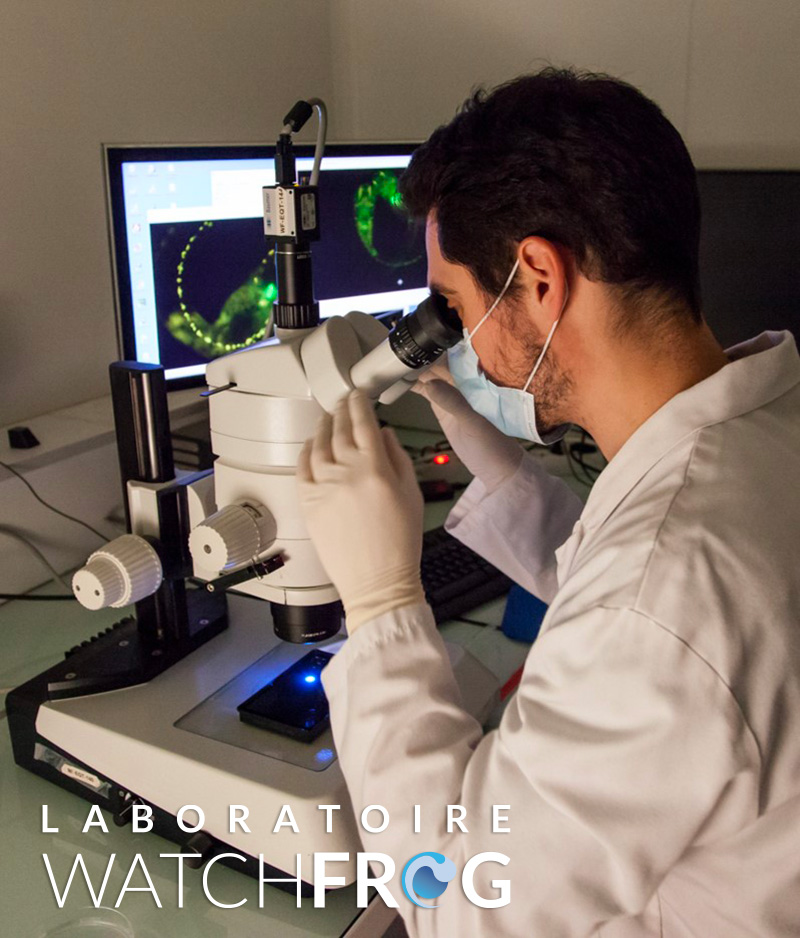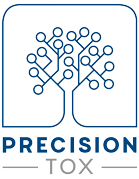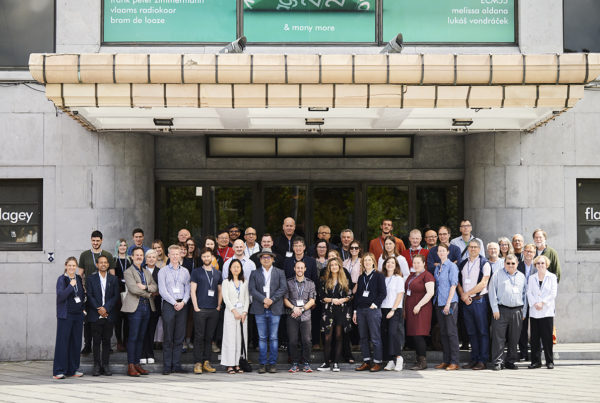The RADAR assay TG n°251 (Rapid Androgen Disruption Activity Reporter) contributes to the goal of identifying chemicals which could disrupt signaling by androgenic hormones. Androgens are steroid hormones that are essential for the development of male characteristics, they are also synthesised by women to produce estrogen and participate in many functions for men and women. Disrupting this hormonal balance could lead to infertility, developmental disorders, disrupted menstrual cycle and even tumors.
This method, invented at Watchfrog Laboratory (Genopole Evry, France), a spin-off from the CNRS – National Museum of Natural History, is the second method from the French laboratory to be validated at the international level. The validation of this assay involved many laboratories in different continents and, with the support of British and French organisations (DEFRA, Public Health UK and INERIS), the protocol has been approved by OECD experts. The publication by the OECD of this Test Guideline is a significant step in strengthening the available tools for applying European criteria for identifying Endocrine Disruptors, while reducing animal experimentation.
(…)






